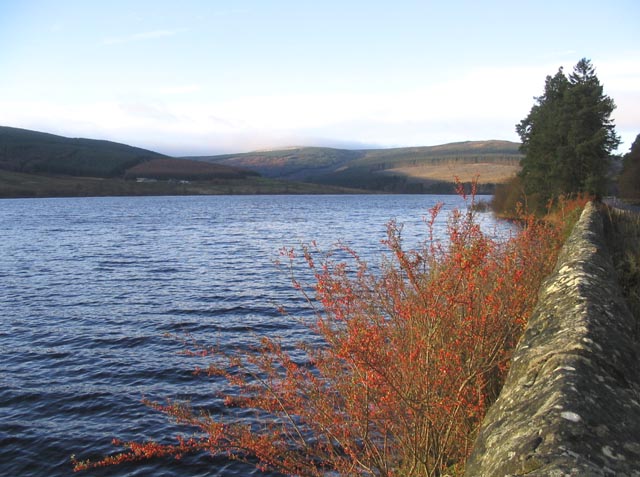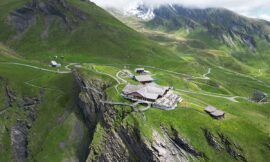Catcleugh Reservoir is a significant man-made lake located in Northumberland, England, near the border with Scotland. Constructed in the late 19th century, it serves as an essential part of the water supply system for the region. The reservoir’s creation and its surrounding environment provide a fascinating glimpse into Victorian engineering, local history, and natural beauty.
Historical Background
Purpose and Planning: Catcleugh Reservoir was built to address the growing demand for water in Newcastle upon Tyne and the surrounding areas. By the mid-19th century, industrial growth and urban expansion had increased the need for a reliable and clean water supply. The River Rede, a tributary of the North Tyne, was identified as a suitable site for the reservoir due to its reliable water flow and geographic location.
Construction:
- Timeline: The construction of Catcleugh Reservoir began in 1884 and was completed in 1905. This extended period was necessary due to the project’s scale and the engineering challenges posed by the remote and rugged terrain.
- Engineering: The project was overseen by the eminent engineer Thomas Hawksley, known for his innovative contributions to water supply systems. The construction involved significant manual labor, with workers living in temporary camps near the site.
- Materials and Methods: Local stone and materials were used extensively. The dam was constructed using clay puddle, a traditional method where clay is compacted to form a watertight barrier. This technique was vital in ensuring the reservoir’s structural integrity.
Features and Structure
The Dam:
- Dimensions: The dam at Catcleugh is an impressive structure, standing at 38 meters (125 feet) high and stretching 488 meters (1,600 feet) long.
- Design: The dam is a gravity dam, meaning it relies on its weight to hold back the water. Its design reflects the engineering principles of the time, combining functionality with durability.
Reservoir Capacity:
- Water Storage: Catcleugh Reservoir can hold up to 6 billion liters (1.3 billion gallons) of water. This capacity ensures a stable supply even during periods of low rainfall.
- Catchment Area: The reservoir’s catchment area covers approximately 48 square kilometers (18.5 square miles), collecting water from the surrounding hills and streams.
Environmental and Ecological Impact
Habitat Creation: The creation of the reservoir transformed the local landscape, creating new habitats for various plant and animal species. The water body and surrounding woodlands now support a diverse ecosystem, including fish, birds, and mammals.
Conservation Efforts: Efforts have been made to manage and protect the natural environment around Catcleugh Reservoir. This includes maintaining water quality, managing fish stocks, and preserving the surrounding forests and moorlands.
Cultural and Historical Significance
Workers’ Camps: During its construction, Catcleugh Reservoir housed a significant workforce in temporary camps. These camps had their own amenities, such as schools and shops, to support the workers and their families. The remains of these camps provide a unique insight into the lives of the laborers who built the reservoir.
Historical Documentation: Detailed records from the construction period, including photographs and written accounts, offer a valuable historical resource. These documents capture the challenges and achievements of the workers and engineers involved in the project.
Modern Use and Recreation
Water Supply: Today, Catcleugh Reservoir remains a crucial component of the water supply system for the North East of England. It is managed by Northumbrian Water, which ensures that the reservoir continues to meet the region’s water needs.
Recreational Activities:
- Fishing: The reservoir is a popular spot for anglers, offering opportunities to catch trout and other freshwater species.
- Hiking and Wildlife Watching: The area around Catcleugh Reservoir features scenic walking trails and opportunities for wildlife observation. The surrounding Kielder Forest Park and Northumberland National Park provide additional recreational options.
Visitor Facilities: While the reservoir itself is primarily focused on water supply, the surrounding areas offer various facilities for visitors, including picnic spots, information boards, and guided tours during certain times of the year.
Conclusion
Catcleugh Reservoir is more than just a functional infrastructure project; it is a testament to Victorian engineering, a significant historical site, and a beautiful natural area. Its construction highlights the ingenuity and hard work of the people involved, while its ongoing role in water supply underscores its importance to the region. The reservoir and its surroundings continue to attract visitors for their historical interest and natural beauty, making Catcleugh a key feature of Northumberland’s landscape.



